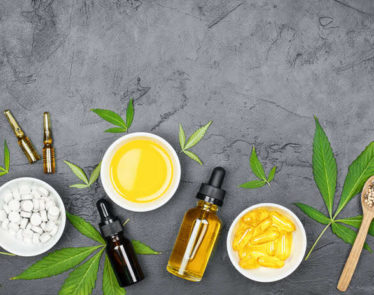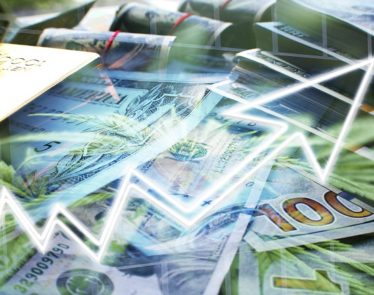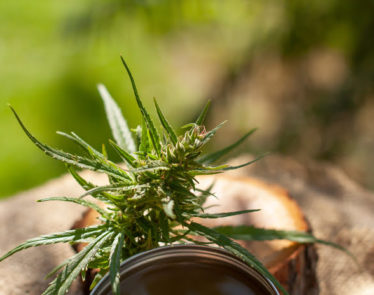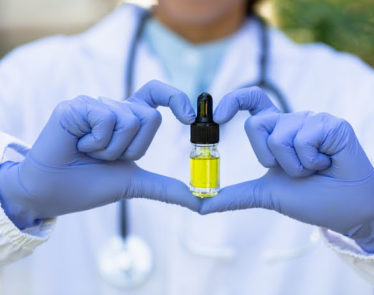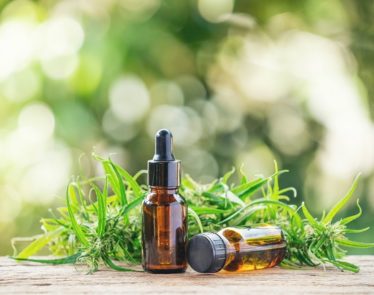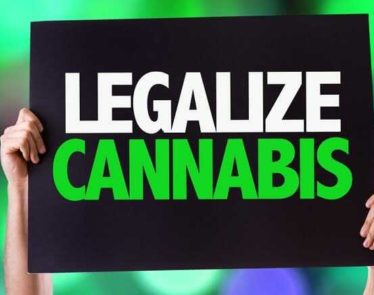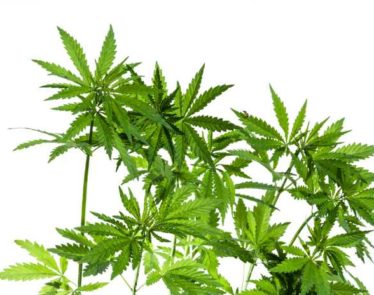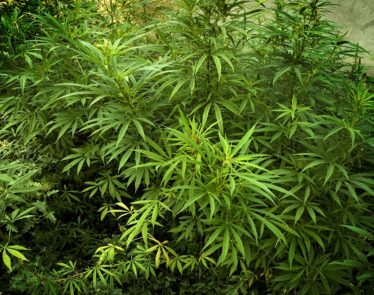
If you're keeping an eye on the cannabis sector, then there are certain terms that continually pop up. Hashish, or hash, is (possibly) one of them.
Now that cannabis is legal across Canada, it's wise to know all you can about the drug so as to ensure safety and optimum enjoyment at all times! So with that in mind, we are going to cover all there is to know about hashish. Most importantly, what is the difference between hashish and marijuana? Is there a legal differentiation? What affects does hashish have on the body?
You don't need to love science to learn about the science behind the cannabis plant. It helps to understand the different breeds of marijuana that are out there, especially if you are thinking about consuming them.
So let's check this out!
Hashish

Better known as hash, hashish has a bevy of nicknames. On the street, names such as 'Ghanja' or 'herb' are also common. For the purpose of this article, we will continue calling it by its real name—hashish.
Hashish is derived from the dried resin (or kief) of the flowering tops of mature and unpollinated female cannabis plants. Known as trichomes or crystals, these resin glands produce a powdery substance rich in the properties of cannabis. Collected by hand or by mechanical beating, these are harvested to create the hash we buy on the market.
Another method of collecting this resin is to submerge the cannabis plants in icy water and then sieve through the water to remove the trichomes. These are then dried. Hashish created in this manner is called bubble hash.
Kief is usually pressed into blocks known as 'cakes'. Sold in this form, these cakes are then smoked, with the consumer using a small amount of the block each time. Hash is smoked using pipes, or else it is vaporized and inhaled, or mixed with marijuana in joints.
>> Looking to Invest in the Marijuana Industry? Learn More About Cannabis ETFs
THC
The main active chemical in marijuana is THC, otherwise called Tetrahydrocannabinol. This is the property that alters a user's state of mind or, as commonly described, delivers the feeling of being high. Marijuana's effect will differ from person to person and depends on the strength or potency of the THC within the plant. Hashish is no different. It contains the same active ingredients as marijuana, such as THC; however, it has higher concentrations of it. This is because the trichomes used to create hashish are the most potent part of the cannabis plant.
Hash vs. Marijuana
So what is the difference between marijuana and hashish? Are they the same thing? Technically, no—though they come from the same plant.
Marijuana is made up of a mixture of the dried shredded leaves, stems, seeds, and flowers of the Cannabis Sativa plant. But hash is, as stated, more potent as it is made up of only the collected and compressed trichomes of the plant (as detailed above). As these trichomes are the most potent part of the cannabis plant, hashish is going to be stronger than marijuana.
As Sunrisehouse puts it:
"Marijuana is typically less potent than the extracted resin of hashish that eliminates all of the 'extras.' Though THC levels vary, marijuana may generally have a potency of 10-20 percent THC while THC levels in hashish can range from 20 percent to 60 percent."
Bearing this in mind, users should be careful when moving from marijuana use to hashish use. Assuming that the two will deliver the same potency may lead to unexpected and unpleasing effects. It is easy to take too much of the stronger substance, unaware that it is different from what you are usually accustomed to.
Looks and Edibles

When harvested, hash can take different appearances. It might be soft and bendable, or it can be stiff and easy to break apart. Colors can also vary—it can be red, brown, black, green, yellow, or blonde.
Where hash comes in a variety of colors and is most typically sold in compressed blocks, marijuana is always green, brown, or greyish in color and is sold as dried flower.
Because hashish is soluble in oils, butter, or creams, it is often used in cooking. For this reason, it is a preferable choice to make cannabis edibles such as brownies.
Hashish can also be processed further to make hash oil. The resin is extracted, turned into oil, and is then commonly smoked with e-cigarettes.
Effects
The effects of using hashish can vary from user to user and depends on factors such as previous use and tolerance. But, in general, the most common short-term effects are:
- A distorted perception with regards to distance relativity, sight and hearing, time, and touch;
- A difficulty in rational thought and problem-solving;
- Immobility or difficulty with coordination and motor functions;
- An increased heart rate, anxiety, or feelings of panic;
- Feelings of joy, elation, and relaxation;
- Increased appetite.
The body's fatty tissues absorb the THC in hashish and marijuana. As such, it can sometimes take days before the body fully expels the property from its system. This means traces of THC can be detected by a standard urine test days after consumption. However, in heavy chronic users, traces can remain for weeks.
Long-Term Effects
Long-term effects will mainly affect chronic users. If a user chooses to smoke hashish regularly and over a long period of time, then the respiratory system will be effected in a manner similar to cigarette smoking.
These symptoms include coughing and phlegm, and the user may become more susceptible to regular chest colds. There is also a greater risk of lung infection.
Legality

As of October 2018, Canada legalized recreational marijuana use across the country. As such, hashish consumption is also entirely legal. The cannabis edibles industry is expected to be legalized later in 2019, but as of now, the government is still working out the rules and regulations regarding this arm of the cannabis industry.
In the US, however, marijuana remains entirely illegal under federal law, and this means hashish falls under the same legal status. As of March 2019, 10 states have opted to legalize recreational marijuana use with 33 allowing medical marijuana use.
As the industry moves forward, it seems sentiment and opinion is changing in favor of cannabis. Given time, we can expect more and more states choosing to legalize cannabis, and this will mean marijuana and hashish will become readily available on the legal market.
Featured Image: DepositPhotos © Fotofabrika





